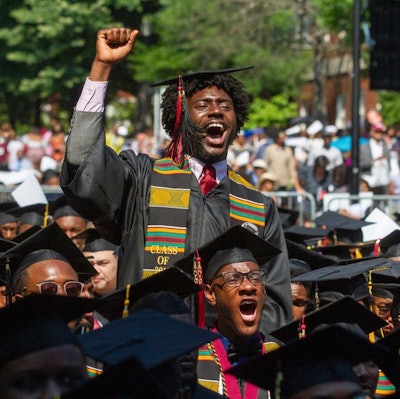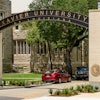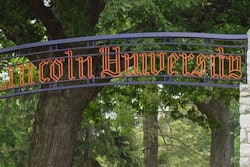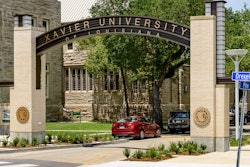Although colleges and universities have increased their debt over the past several decades, they appear well-positioned to manage it, according to a new report from Ithaka S+R, the research arm of the educational access non-profit. However, the picture of debt differs by category of institution—particularly at HBCUs.
The report combined analysis of financial data and interviews of college CFOs, with a particular focus on how schools have responded to times of crisis, such as the Great Recession of 2007-2009 and the COVID-19 pandemic. 
It found that colleges that were highly leveraged—carrying large amounts of debt relative to their assets—prior to the Great Recession generally did not have to take on even greater debt, and that schools that borrowed more did so for strategic reasons, rather than out of desperation. This additional debt did not seem to impact these schools’ ability to serve students—the percentage of their total spending used for educational and related costs (E&R) went up over time.
Using the lessons of the Recession, many schools have been able to turn the COVID-19 pandemic into an opportunity to solidify their financial futures. Colleges initially paused capital projects and borrowing in order to assess the landscape. But after seeing that enrollment was holding steady and receiving federal aid, many schools took advantage of low interest rates to refinance their debt, or to finance the construction of new campus facilities.
However, debt differed at HBCUs, both quantitatively and qualitatively. During the Great Recession, HBCUs were seven to 11 percentage points more likely to rapidly increase their debt than non-HBCUs, without a corresponding increase in the value of their assets. The purpose of this borrowing may have been more elemental—meeting payroll and keeping the lights on. And the costs of the debt may have impacted students—HBCUs that borrowed more during the Great Recession had a lower percentage of spending on E&R in subsequent years.















